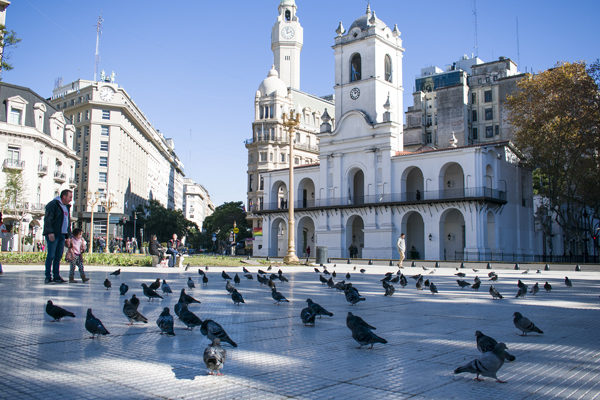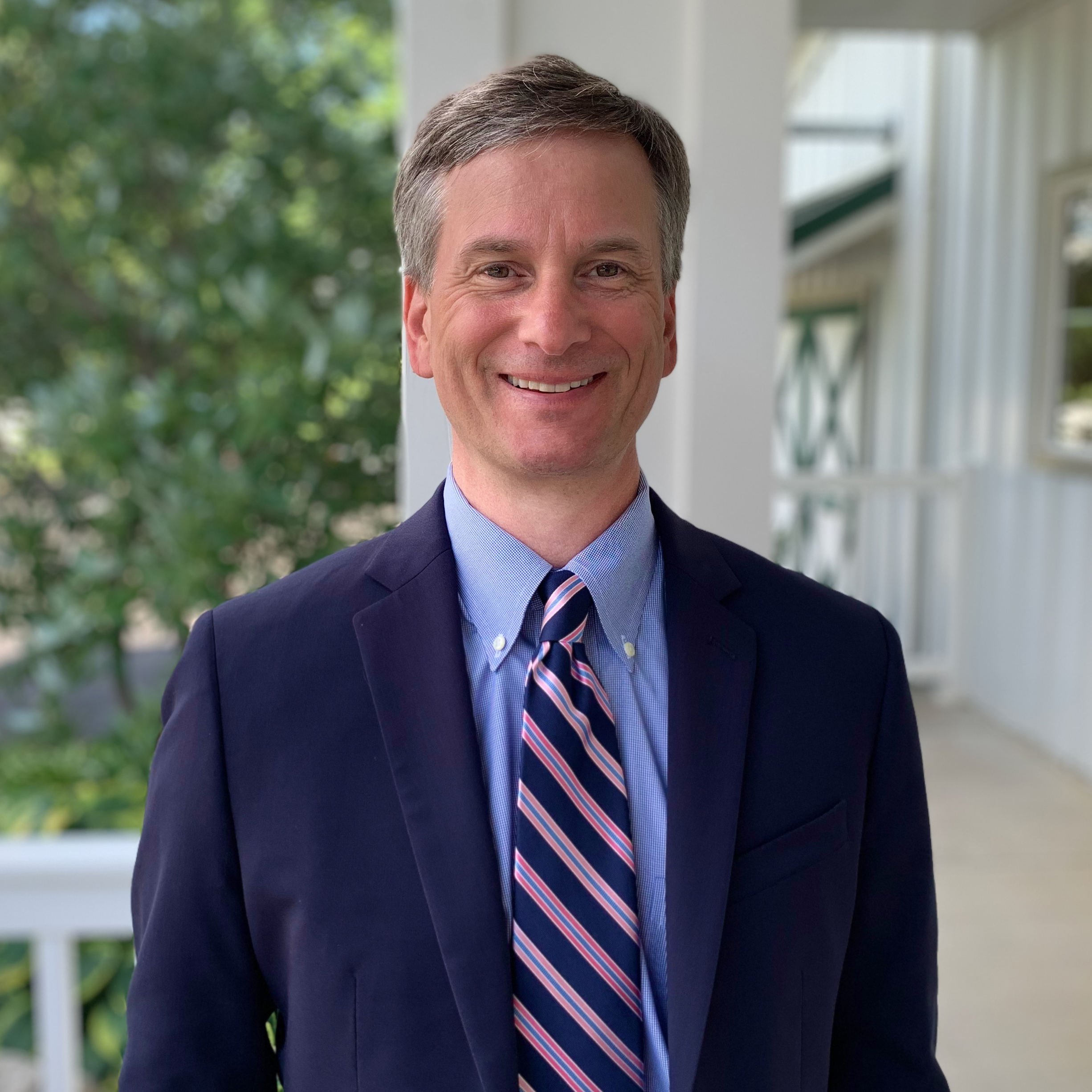Best Neighborhoods for Retirees in Buenos Aires
Summary: If you''re retiring in Buenos Aires, here are some of the best neighborhoods in Buenos Aires for retirees.

Buenos Aires, the vibrant capital of Argentina, is a city that combines European elegance with Latin American energy. For retirees looking to settle in this cosmopolitan metropolis, there are several neighborhoods that offer a blend of cultural activities, peaceful green spaces, and convenient amenities. From the historic streets of San Telmo to the upscale avenues of Recoleta, each barrio has its unique charm and attractions. Here are some of the best neighborhoods in Buenos Aires for retirees seeking a fulfilling and comfortable lifestyle.
Recoleta
Recoleta is often the top choice for retirees due to its sophisticated atmosphere and abundance of cultural landmarks. Retirees can enjoy their free time visiting the famous Recoleta Cemetery, home to Evita Peron's grave, or strolling through the lush greenery of Plaza Francia. The neighborhood is also known for its museums, such as the Museo Nacional de Bellas Artes, which houses an impressive collection of Argentine and European art. With its elegant architecture and tranquil parks, Recoleta offers a serene environment for a leisurely retirement.
Location: North-central part of Buenos Aires, near the city center
Real Estate: Higher-end, with the average rental price for a 2-bedroom apartment around $1,000 USD per month, and purchase prices for a 2-bedroom starting at $250,000 USD.
Healthcare: Recoleta is close to several top-rated hospitals, including Hospital Aleman and Clinica del Sol, ensuring retirees have access to excellent healthcare services.
Where to Eat: The neighborhood boasts a variety of dining options, from upscale restaurants like La Biela to cozy cafes such as Café La Rambla.
Interesting History: The Centro Cultural Recoleta, a former convent turned cultural center, hosts exhibitions and events, reflecting the area's rich history.
Volunteer Organizations: Retirees can engage with the community through local NGOs like Puentes de Luz, which focuses on social development projects.
Parks: Plaza Francia is a popular spot for artisan fairs and outdoor activities, while Parque Thays offers a quiet escape with its sculptures and walking paths.
Palermo
Palermo, known for its trendy vibe and green spaces, is another excellent choice for retirees. The expansive Bosques de Palermo, with its rose garden and lakes, is perfect for picnics and leisurely walks. The neighborhood is also home to the MALBA (Museo de Arte Latinoamericano de Buenos Aires), which showcases modern Latin American art. Palermo's vibrant nightlife and array of restaurants cater to all tastes, making it a lively yet comfortable place to live.
Location: North-east of Buenos Aires, encompassing several sub-neighborhoods like Palermo Soho and Palermo Hollywood
Real Estate: A 2-bedroom apartment rents for around $800 USD per month, with purchase prices starting at $180,000 USD for a similar property.
Healthcare: The neighborhood is served by several clinics and the nearby Hospital Municipal de Palermo.
Where to Eat: Don Julio for renowned Argentine steaks, or Sarkis for a taste of Armenian cuisine.
Interesting History: The barrio's history can be explored at the Evita Museum, dedicated to the life of Eva Peron.
Volunteer Organizations: Retirees can contribute to community initiatives through organizations like Voluntario Global.
Parks: The Rosedal de Palermo is the most popular park, famous for its beautiful rose gardens and paddle boats.
Belgrano
Belgrano is a residential neighborhood that offers a mix of modern amenities and cultural attractions. Retirees can spend their days exploring Barrio Chino for exotic goods and cuisine, or visiting the Museo de Arte Espanol Enrique Larreta with its stunning Spanish art collection and gardens. The area is also known for its quiet streets and family-friendly atmosphere, making it a safe and peaceful choice for retirement living.
Location: North-west of Buenos Aires, bordered by the neighborhoods of Palermo and Nuñez
Real Estate: Rental prices for a 2-bedroom apartment average around $700 USD per month, with purchase prices starting at $160,000 USD.
Healthcare: Belgrano is home to several reputable healthcare facilities, including the Instituto Cardiovascular de Buenos Aires.
Where to Eat: Enjoy traditional Argentine fare at La Pampa or indulge in Italian cuisine at La Parolaccia.
Interesting History: The neighborhood's history is reflected in the architecture of the Iglesia de la Inmaculada Concepcion, a local landmark.
Volunteer Organizations: Opportunities for community service are available through local organizations such as Fundacion Tzedaka.
Parks: Parque General Paz is a popular spot for outdoor activities and socializing with fellow retirees.
San Telmo
San Telmo, one of the oldest neighborhoods in Buenos Aires, is perfect for retirees who appreciate history and a bohemian atmosphere. The cobblestone streets and colonial buildings set the scene for a charming retirement. The weekly San Telmo Market offers antiques and handcrafted goods, while Plaza Dorrego hosts outdoor tango performances. The area's rich cultural scene is complemented by numerous art galleries and vintage shops.
Location: South-east of Buenos Aires, close to the city center
Real Estate: More affordable, with 2-bedroom rentals averaging $600 USD per month and purchase prices starting at $120,000 USD.
Healthcare: Access to healthcare is convenient with several clinics and the Hospital Britanico nearby.
Where to Eat: Classic parrillas like La Brigada offer a quintessential Argentine dining experience, while Café Rivas provides a quaint spot for coffee and pastries.
Interesting History: The Museo Historico Nacional del Cabildo tells the story of Argentina's independence and is a must-visit for history buffs.
Volunteer Organizations: Retirees can get involved with local charities such as the Fundacion Sagrada Familia, which focuses on housing and social support.
Parks: Parque Lezama is the neighborhood's main green space, known for its art sculptures and weekend craft fairs.
Puerto Madero
Puerto Madero is Buenos Aires' most modern and upscale neighborhood, offering retirees a luxurious waterfront lifestyle. The area's renovated docks are now lined with high-end apartments, restaurants, and hotels. Retirees can enjoy walks along the Costanera Sur Ecological Reserve or visit the Puente de la Mujer, an iconic pedestrian bridge. With its state-of-the-art facilities and stunning river views, Puerto Madero is ideal for those seeking a contemporary urban retreat.
Location: East of the city center, along the Rio de la Plata
Real Estate: Premium, with 2-bedroom rentals going for around $1,500 USD per month and purchase prices starting at $300,000 USD.
Healthcare: The neighborhood is close to several private healthcare providers, including the Hospital Universitario CEMIC.
Where to Eat: Sophisticated dining options abound, such as Cabana Las Lilas for premium steaks and Sottovoce for Italian delicacies.
Interesting History: The neighborhood's transformation from an old port to a chic urban area is a testament to Buenos Aires' dynamic evolution.
Volunteer Organizations: Retirees can participate in community outreach through Fundacion Proa, which also offers contemporary art exhibitions.
Parks: The Costanera Sur Ecological Reserve is a popular spot for birdwatching and enjoying nature within the city.
Almagro
Almagro is a traditional middle-class neighborhood that offers a genuine Porteño experience. It's a great option for retirees who want to immerse themselves in local culture. The area is known for its tango clubs, theaters, and classic cafes. Parque Centenario, with its weekend markets and cultural center, provides a lively community hub for residents. Almagro's central location and affordable living costs make it an attractive choice for retirees.
Location: In the geographical center of Buenos Aires, bordered by Palermo and Caballito
Real Estate: Reasonable, with 2-bedroom rentals averaging $500 USD per month and purchase prices starting at $100,000 USD.
Healthcare: The neighborhood has several well-regarded hospitals, including Hospital Italiano and Sanatorio Guemes.
Where to Eat: Local eateries like Las Violetas offer traditional pastries and coffee, while La Cresta is known for its rotisserie chicken.
Interesting History: Almagro has a rich tango heritage, with venues like Club Almagro hosting milongas (tango dance events).
Volunteer Organizations: Retirees can give back to the community through organizations such as the Centro de Voluntarios de Buenos Aires.
Parks: Parque Centenario is the neighborhood's green oasis, featuring a lake, amphitheater, and regular cultural events.
Caballito
Caballito is a residential neighborhood that strikes a balance between city life and tranquility. It's a favorite among retirees for its family-friendly atmosphere and numerous recreational facilities. The historic Tramway Museum offers a nostalgic look at the city's past, while Parque Rivadavia is a popular spot for book fairs and leisurely strolls. With its shopping centers and cinemas, Caballito provides a comfortable and convenient lifestyle for retirees.
Location: Central Buenos Aires, surrounded by the neighborhoods of Almagro, Villa Crespo, and Flores
Real Estate: Moderate, with 2-bedroom rentals averaging $550 USD per month and purchase prices starting at $110,000 USD.
Healthcare: The area is well-served by numerous clinics and the Hospital Durand.
Where to Eat: Enjoy a variety of dining options, from the historic pizzeria El Preferido de Palermo to contemporary spots like Cervelar for craft beer and burgers.
Interesting History: The neighborhood's history is showcased at the Mercado del Progreso, one of the city's oldest markets, dating back to 1889.
Volunteer Organizations: Retirees can engage with local initiatives through organizations like the Asociacion Civil La Casa de Ronald McDonald.
Parks: Parque Rivadavia is the heart of the neighborhood, offering a tranquil setting for outdoor activities and community gatherings.
Villa Urquiza
Villa Urquiza is a peaceful and picturesque neighborhood that appeals to retirees seeking a slower pace of life. Known for its low-rise buildings and tree-lined streets, the area offers a suburban feel within the city. The Teatro 25 de Mayo is a cultural landmark where residents can enjoy performances and films. Villa Urquiza's spacious parks and squares, such as Plaza Echeverria, are ideal for relaxation and socializing with neighbors.
Location: North-western part of Buenos Aires, adjacent to the neighborhoods of Belgrano and Villa Pueyrredon
Real Estate: Affordable, with 2-bedroom rentals averaging $450 USD per month and purchase prices starting at $90,000 USD.
Healthcare: The neighborhood has access to several healthcare centers, including the Hospital Dr. Pirovano.
Where to Eat: Local spots like La Farola de Urquiza offer classic Argentine dishes in a cozy setting.
Interesting History: Villa Urquiza's history is tied to the growth of the Buenos Aires railway system, which helped develop the area in the early 20th century.
Volunteer Organizations: Retirees can find volunteer opportunities with local community centers and social welfare groups.
Parks: Plaza Echeverria serves as the neighborhood's central gathering place, hosting events and providing a green space for residents to enjoy.
Each of these neighborhoods in Buenos Aires offers its unique blend of culture, comfort, and convenience, making them ideal for retirees looking to enjoy their golden years in this beautiful South American city.
About the Author
 Joshua Wood, LPC joined Expat Exchange in 2000 and serves as one of its Co-Presidents. He is also one of the Founders of Digital Nomad Exchange. Prior to Expat Exchange, Joshua worked for NBC Cable (MSNBC and CNBC
Primetime). Joshua has a BA from Syracuse and a Master's in Clinical and Counseling Psychology from Fairleigh Dickinson University. Mr. Wood is also a licensed counselor and psychotherapist.
Joshua Wood, LPC joined Expat Exchange in 2000 and serves as one of its Co-Presidents. He is also one of the Founders of Digital Nomad Exchange. Prior to Expat Exchange, Joshua worked for NBC Cable (MSNBC and CNBC
Primetime). Joshua has a BA from Syracuse and a Master's in Clinical and Counseling Psychology from Fairleigh Dickinson University. Mr. Wood is also a licensed counselor and psychotherapist.
Some of Joshua's articles include Pros and Cons of Living in Portugal, 10 Best Places to Live in Ireland and Pros and Cons of Living in Uruguay. Connect with Joshua on LinkedIn.
First Published: Jul 07, 2024


